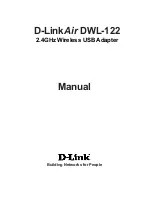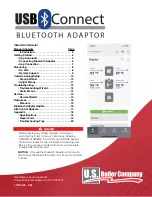
SPA and Wireless IP Phone Field Reference
SIP Tab
Cisco SPA and Wireless IP Phone Administration Guide
210
B
RTCP Tx Interval
Interval for sending out RTCP sender reports on an
active connection. It can range from 0 to 255 seconds.
During an active connection, the SPA9000 can be
programmed to send out compound RTCP packet on
the connection. Each compound RTP packet except
the last one contains a SR (Sender Report) and a SDES
(Source Description). The last RTCP packet contains an
additional BYE packet. Each SR except the last one
contains exactly 1 RR (Receiver Report); the last SR
carries no RR. The SDES contains CNAME, NAME, and
TOOL identifiers. The CNAME is set to <User
ID>@<Proxy>, NAME is set to <Display Name> (or
Anonymous if user blocks caller ID), and TOOL is set to
the Vendor/Hardware-platform-software-version (such
as Cisco/SPA9000-1.0.31(b)). The NTP timestamp used
in the SR is a snapshot of the SPA9000’s local time, not
the time reported by an NTP server. If the SPA9000
receives a RR from the peer, it attempts to compute the
round trip delay and show it as the <Call Round Trip
Delay> value (ms) in the Info section of SPA9000 web
page.
Defaults to 0.
No UDP Checksum
Select yes if you want the SPA9000 to calculate the
UDP header checksum for SIP messages. Otherwise,
select no.
Defaults to no.
Symmetric RTP
Enable symmetric RTP operation. If enabled, sends
RTP packets to the source address and port of the last
received valid inbound RTP packet. If disabled (or
before the first RTP packet arrives) sends RTP to the
destination as indicated in the inbound SDP.
Defaults to no.
Parameter
Description
















































